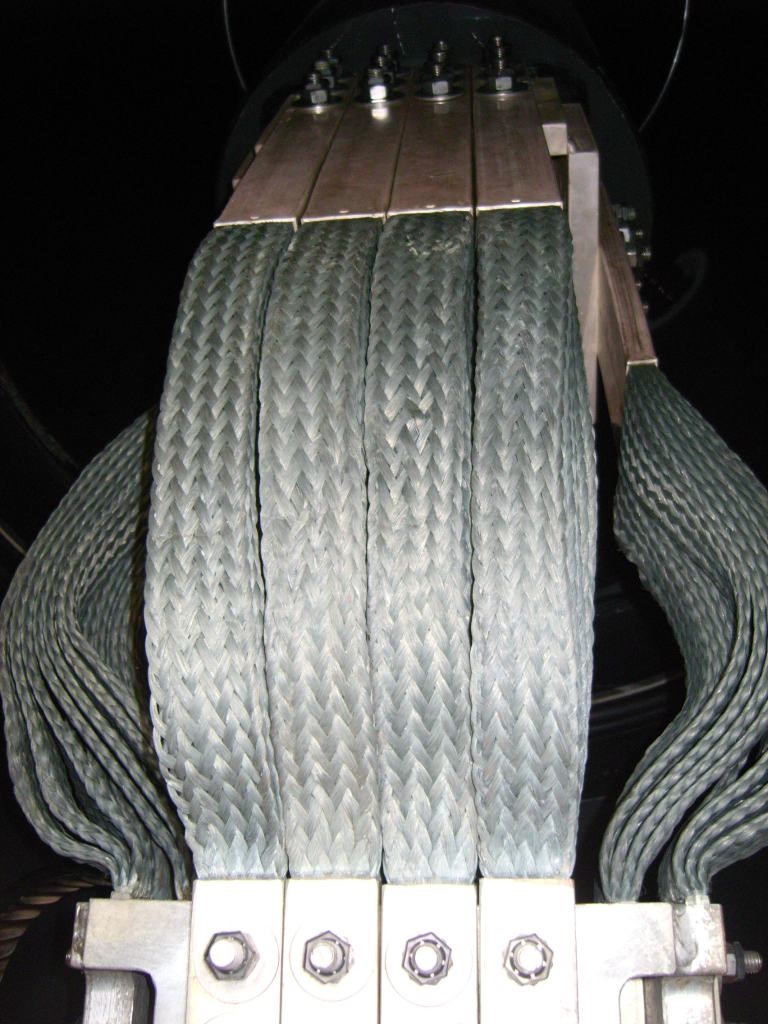In the realm of electrical conduction, the choice between Flexbraid and Copper Bus Bars remains a critical decision, dictating the efficiency, reliability, and adaptability of various systems. These two stalwarts, while distinct in their composition and structural design, vie for dominance in providing optimal electrical pathways. Understanding the nuanced differences and unique applications of Flexbraid and Copper Bus Bars empowers industries, engineers, and enthusiasts to make informed decisions catering to specific electrical demands.
Flexbraid Bus Bar Unveiled
Flexbraid Bus Bars, engineered with precision and flexibility in mind, epitomize adaptability and resilience in electrical conduction systems. Comprised of multiple strands of fine, high-conductivity wire meticulously woven together, Flexbraid Bus Bars exhibit a distinct advantage in maneuverability and contouring to irregular shapes or tight spaces within an electrical setup. This amalgamation of fine wires intricately braided delivers unparalleled flexibility, making them ideal for applications requiring intricate routing and flexibility, such as in compact electronics or environments where movement and vibration are prevalent.
Structural Marvel: The Anatomy of Flexbraid Bus Bars
The crux of Flexbraid Bus Bars resides in their structure. A myriad of fine, individually insulated wires braided together not only confers flexibility but also ensures robustness. This structural integrity facilitates an enhanced surface area for current distribution, mitigating issues related to skin effect and fostering uniform current transmission across the system. The malleability of Flexbraid Bus Bars enables them to adapt seamlessly to contours and complex geometries, optimizing space utilization and enabling efficient power transmission even in confined areas.
Copper Bus Bars: The Unyielding Pillar of Conductivity
In the realm of electrical conduction, Copper Bus Bars reign as the embodiment of steadfast conductivity and reliability. Crafted from pure, high-grade copper, these solid bars serve as stalwarts in power distribution systems, embodying unmatched electrical conductivity and resilience. Renowned for their superior current-carrying capacity and minimal impedance, Copper Bus Bars find their niche in applications demanding robust, high-current conduction, such as industrial power distribution, data centers, and heavy machinery.
The Solid Core: Delving into Copper Bus Bars’ Composition
Constructed from pure copper, these bars boast exceptional electrical conductivity, minimizing losses and ensuring optimal power transmission. The solidity of their core structure grants Copper Bus Bars exceptional stability, particularly in high-vibration environments. This rigidity allows for efficient heat dissipation, making them suitable for applications that demand consistent performance even under high loads and fluctuating environmental conditions.
Deciphering the Key Distinctions
Flexibility vs. Rigidity: A Delicate Balance
Flexbraid Bus Bars, with their intricate braiding and flexibility, excel in applications demanding adaptability and conformity to intricate spatial constraints. Their pliability and ability to bend and shape according to varying geometries render them indispensable in scenarios where flexibility is paramount. Conversely, Copper Bus Bars, with their robust and unyielding structure, shine in environments requiring steadfastness and high current-carrying capacities, where adaptability takes a backseat to unwavering conductivity.
Applications and Suitability: Matching the Right Bus Bar to the Right Arena
Flexbraid Bus Bars find their forte in electronics, automotive industries, and applications necessitating intricate routing, vibration resilience, and compactness. Their versatility extends to industries where space optimization and maneuverability are crucial. On the other hand, Copper Bus Bars dominate in heavy industrial setups, power distribution centers, and environments mandating high current-carrying capabilities, where stability and consistent performance are non-negotiable.
Conclusion: A Choice Defined by Application
The choice between Flexbraid and Copper Bus Bars isn’t a competition but a tailored selection dictated by specific electrical needs and environmental demands. Each championing their distinct strengths, these bus bars cater to diverse applications, promising optimal conduction and reliability within their respective domains.
In the dynamic realm of electrical conduction, the selection between Flexbraid and Copper Bus Bars remains an imperative decision, one that necessitates a deep understanding of their nuanced characteristics and suitability within distinct applications. Whether it’s the intricate braiding of Flexbraid enabling adaptability or the robust conductivity of Copper Bars ensuring unwavering stability, the choice ultimately hinges on meeting the unique demands of the electrical ecosystem.

